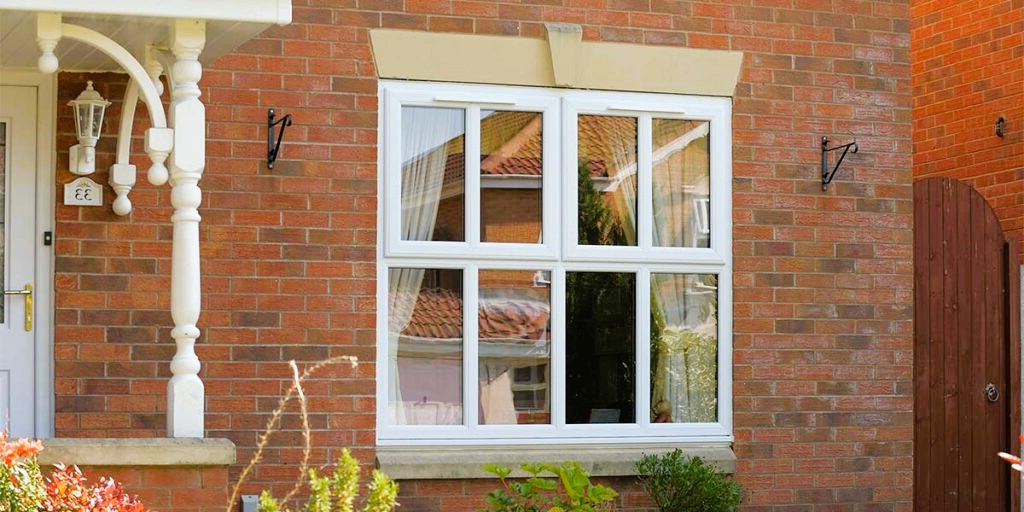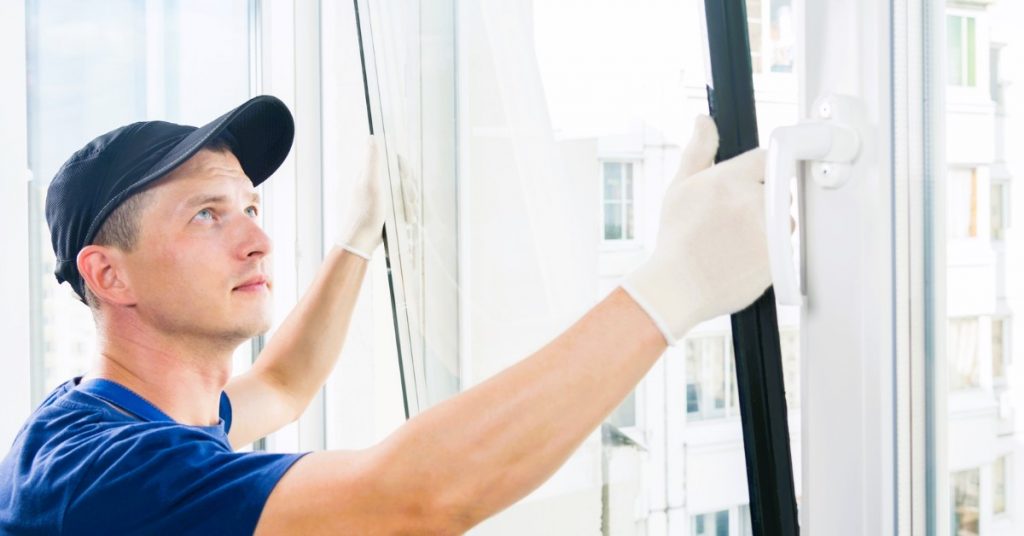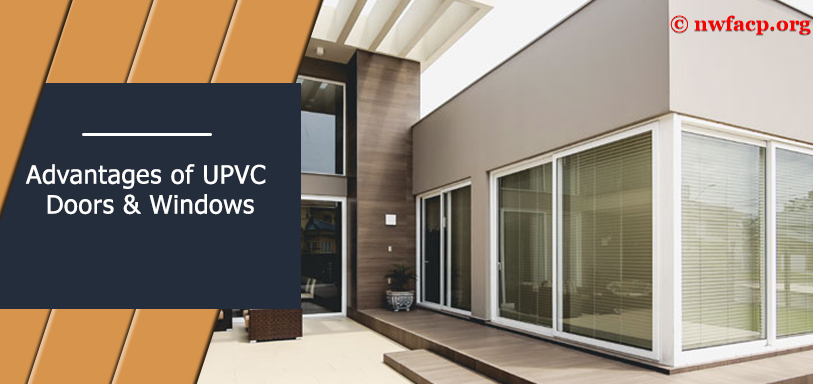When it comes to the production of plastic windows, there are several materials that are commonly used. Each material has its own unique characteristics and advantages, which can impact the durability, energy efficiency, and overall performance of the window. In this article, we’ll explore the differences and advantages of each material used for the production of plastic windows.
uPVC
uPVC, or unplasticized polyvinyl chloride, is one of the most commonly used materials for the production of plastic windows. It is a durable, low-maintenance material that is highly resistant to weathering and corrosion. It is also a good insulator, helping to reduce energy costs and improve comfort within the home.
One of the main advantages of uPVC is its affordability. It is a cost-effective material that offers excellent performance and durability. It is also highly customizable, with a wide range of colors and finishes available.

However, uPVC does have some disadvantages. It is not as environmentally friendly as other materials, as it is derived from petroleum. It is also not as strong as other materials, making it more susceptible to warping or cracking over time. Like the article? Read about the price comparison of plastic windows, what affects their cost?
Fiberglass
Fiberglass is another material that is commonly used for the production of plastic windows. It is a strong and durable material that is highly resistant to warping, cracking, and weathering. It is also an excellent insulator, helping to reduce energy costs and improve the overall comfort of the home.
One of the main advantages of fiberglass is its strength and durability. It is highly resistant to impact and can withstand extreme weather conditions. It is also an environmentally friendly material, as it is made from sand and other natural materials.
However, fiberglass can be more expensive than other materials, making it a less cost-effective option for some homeowners. It also has limited customization options, as it cannot be painted or stained like other materials.
Vinyl
Vinyl is a material that is similar to uPVC, but with some important differences. It is a durable and low-maintenance material that is highly resistant to weathering and corrosion. It is also an excellent insulator, helping to reduce energy costs and improve the overall comfort of the home.
One of the main advantages of vinyl is its affordability. It is a cost-effective material that offers excellent performance and durability. It is also highly customizable, with a wide range of colors and finishes available.
However, vinyl is not as strong as other materials, making it more susceptible to warping or cracking over time. It is also not as environmentally friendly as other materials, as it is derived from petroleum.
Wood

Wood is a traditional material that has been used for windows for centuries. It is a strong and durable material that is highly customizable and offers a unique aesthetic. It is also an excellent insulator, helping to reduce energy costs and improve the overall comfort of the home.
One of the main advantages of wood is its natural beauty and aesthetic appeal. It can be stained or painted to match any home decor and offers a warm and inviting feel. It is also highly customizable, with a wide range of designs and finishes available.
However, wood requires more maintenance than other materials, as it is susceptible to warping and rotting if not properly maintained. It is also more expensive than other materials, making it a less cost-effective option for some homeowners.
In conclusion, each material used for the production of plastic windows has its own unique characteristics and advantages. By considering the durability, energy efficiency, and overall performance of each material, homeowners can make an informed decision when choosing the best material for their specific needs and budget. Whether it’s uPVC, fiberglass, vinyl, or wood, there is a material that is right for every home and every homeowner’s unique preferences.

